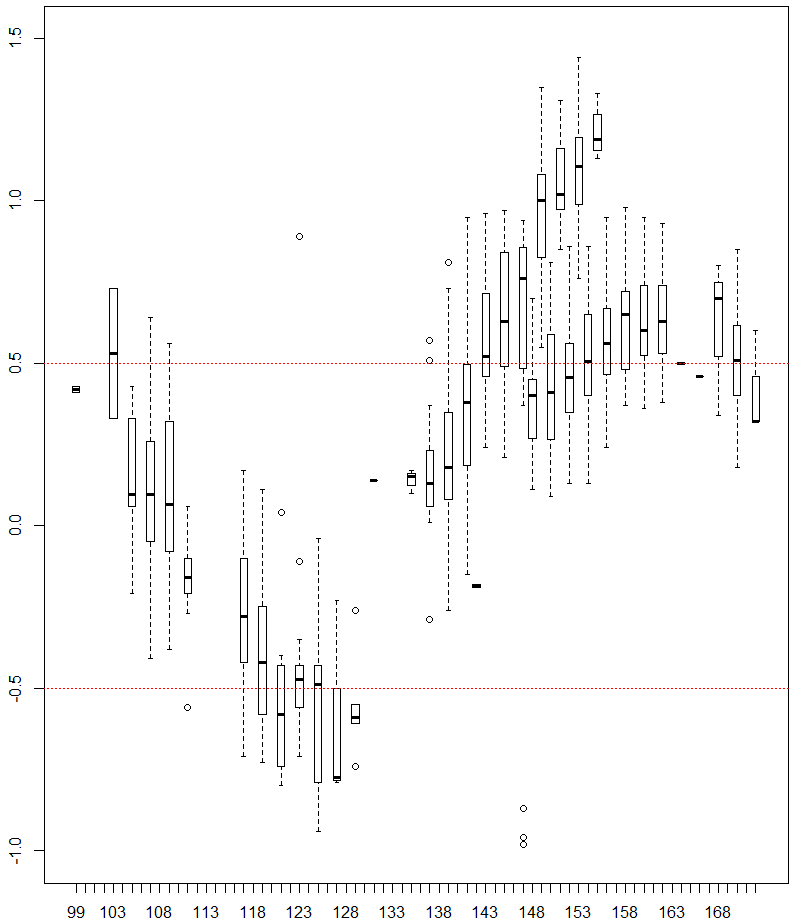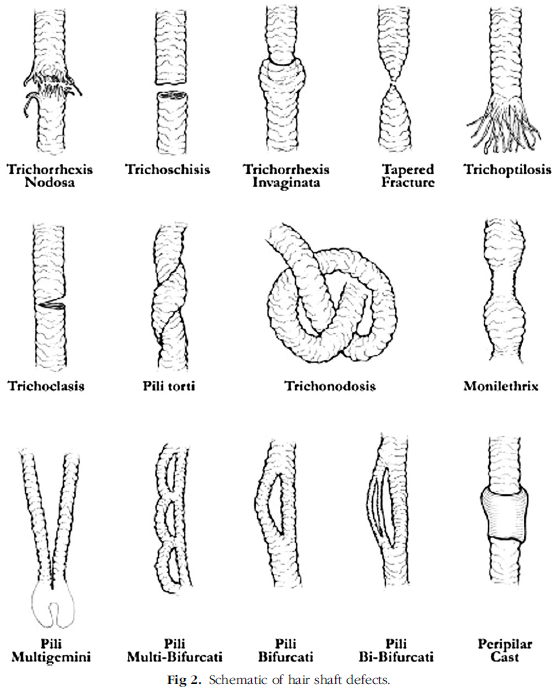Glomerular cell proliferation; This feature indicated the degree of glomerular endocapillary hypercellularity (mesangial, endothelial, and possibly infiltrating monocytes) leading to reduction of circulatory volume of glomerular capillary loops. The lesions were scored by the extent of loss of circulatory space due to segmental (or global) proliferative changes in less than 25% (1+), 25 to 50% (2+), or greater than 50% (3+) of glomeruli.
Leukocyte exudation; Exudation of more than two polymorphonuclear leukocytes per glomerulus was considered abnormal. Exudation was scored as mild (1+), moderate (2+), or extensive (3+).
Karyorrhexis and fibrinoid necrosis; Karyorrhexis was defined by the presence of pyknotic and fragmented nuclei. Fibrinoid necrosis was identified by the occurrence of intensely eosinophilic material within solidified segments of glomeruli. Fibrinoid necrosis was usually confirmed by Masson stain and was typically accompanied by karyorrhexis in involved glomeruli. The following scale of severity was used: karyorrhexis only or fibrinoid necrosis in less than 25% of glomeruli (1+), fibrinoid necrosis in 25 to 50% (2+) or greater than 50% (3+) of glomeruli. The assigned score was weighted by a factor of two because such lesions were considered to be disproportionately severe as previously suggested.
Cellular crescent; Proliferating extracapillary cells occupying one-fourth or more of the glomerular capsular circumference were considered cellular crescents. Determination of the predominant component of crescents (cellular or fibrous) was assisted by Masson staining. The crescent score was defined as follows: cellular crescents in less than 25% (1+), 25 to 50% (2+), or greater than 50% (3+) of glomeruli. The assigned score was weighted by a factor of two because such lesions were considered to be disproportionately severe.
Hyaline deposits; Eosinophilic material of a homogenous consistency along the circumference of the luminal surface of glomerular capillaries constituted the classical wire loop lesion. More extensive globular material occupying entire capillary loops were identified as hyaline thrombi. The hyaline material was considered to represent massive accumulation of immune complexes. Hyaline lesions were scored as few (1+), moderate (2+), or extensive (3+).
Interstitial inflammation; Infiltration of mononuclear cells (lymphocytes, plasma cells, macrophages) into interstitial spaces was assigned scores of mild (1+), moderate (2+), or extensive (3+).
Glomerular sclerosis; Glomerular capillary collapse with attendant expansion of mesangial matrix material and subsequent solidification was observed in both segmental and global patterns. Solidification occurring only segmentally or in global patterns in less than 25% (1+) of glomeruli, and global sclerosis in 25 to 50% (2+), or greater than 50% (3+) of glomeruli were designated.
Fibrous crescents; Structures composed predominantly or exclusively of fibrous tissue lining Bowman’s capsule in a circumferential patterns were considered as fibrous crescents. The crescent scores were defined as follows: fibrous crescents in less than 25% (1+), 25 to 50% (2+) or greater than 50% (3+) of glomeruli.
Tubular atrophy; Atrophic changes were identified by the thickening of tubular basement membranes, with or without tubular epithelial cell degeneration. Separation of residual tubules was typically observed. The severity of tubular atrophy was designated as mild (1+), moderate (2+), or extensive (3+).
Interstitial fibrosis; The deposition of periglomerular and peritubular fibrous tissue was judged primarily by the Masson stain. The severity of interstitial fibrosis was designated as mild (1+), moderate (2+), or extensive (3+).
Activity Index (AI) This index was defined as the sum of individual scores of the following items considered to represent measures of active lupus nephritis: glomerular proliferation, leukocyte exudation, karyorrhexis/fibrinoid necrosis (x2), cellular crescents (x2), hyaline deposits, and interstitial inflammation. The maximum score was 24 points for the Activity Index.
Chronicity Index (CI) This index consisted of the sum of individual scores of the following items considered to represent measures of chronic irreversible lupus nephritis: glomerular sclerosis, fibrous crescents, tubular atrophy, and interstitial fibrosis. The maximum score was 12 points for the Chronicity Index.
Electron microscopy; Generally two or three glomeruli were examined in each biopsy specimen. For the present study the location and extent of electron dense deposits were quantitated on a scale of 0 to 4+, corresponding to a range of absent to massive. The deposits present in each of the following five locations were individually scored: mesangial, subendothelial, subepithelial, intramembranous, and extraglomerular (peritubular and/or perivascular). In addition to immune deposit analysis, the presence or absence of tubuloreticular structures was noted in endothelial cells.
Reference: 찾고 있는 중.. ㅡ,.ㅡ


